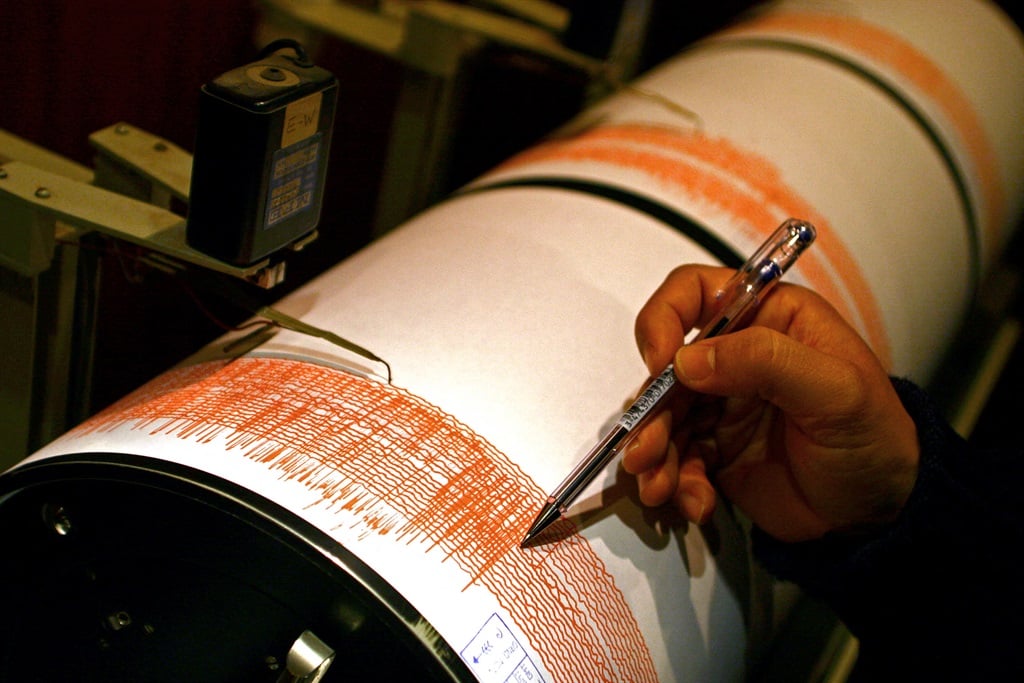Packed with art galleries and cafes, Maboneng Precinct is one of the city’s coolest urban districts. Photo / Getty Images
Cape Town may offer beaches and Table Mountain, but South Africa’s northern city of Johannesburg is grittily authentic, writes Brett Atkinson.
What to see:
Two Johannesburg sights are essential for learning about South Africa’s tragic 20th-century history of apartheid, and also discovering how the country continues to transition to a more democratic and equal future.
With views across Johannesburg’s sprawling expanse, Constitution Hill is one of South Africa’s most important historical institutions. Incredibly moving guided tours showcase the location’s tragic past, including Johannesburg’s Old Fort and the brutal Number Four Jail where past prisoners included Nelson Mandela and Mahatma Gandhi. Tours conclude at the Constitutional Court, inaugurated in 2004, and now used to hear trials in 11 southern African languages.
/cloudfront-ap-southeast-2.images.arcpublishing.com/nzme/RU46GRYEOHOKEKN4KE46PVEOLI.jpg)
From Constitution Hill, continue 8km southwest to the Apartheid Museum, combining video, audio and poignant live accounts amid strikingly stark modern architecture. Cataloguing the impact of apartheid in intense and comprehensive detail, visiting the museum is both harrowing and essential.
Soweto, an abbreviation of South West Townships, is a sprawling agglomeration of about 1.5 million people ranging from desperately poor neighbourhoods to well-established and prosperous suburbs. The best way to learn about an area at the heart of the struggle against apartheid is on a guided tour with Imbizo Tours, owned by Soweto-born Mandy Mankazana, renowned as South Africa’s first black female tour guide following the fall of apartheid in 1994.
What to do:
Head to inner-city Maboneng for warehouse art galleries and artists’ studios, while bohemian Melville, a haven of multiculturalism during the apartheid era, is crowded with bars and restaurants, and enlivened by students from the nearby University of Johannesburg.
Guided walking tours are an excellent way to explore the city, especially around neighbourhoods that unfortunately do have a higher rate of street crime. Inner-city experiences offered by the Dlala Nje Foundation include exploring the notorious area of Hillbrow – now packed with vibrant street art and recent arrivals from Zimbabwe, Angola and Mozambique – or feasting on after-dark street food from Ethiopia, the Congo and Cameroon in Yeoville.
/cloudfront-ap-southeast-2.images.arcpublishing.com/nzme/OZJAR5MSU2ES4GVOXNYM2UHVAE.jpg)
In the 1970s, Johannesburg’s Ponte Tower – now branded the Vodacom Tower – was the last word in exclusive apartment living for Johannesburg’s white community, but by the 1990s it had been taken over by drug gangs and was one of Africa’s most notorious buildings. The cylindrical 55-storey building is once again apartments – residents are mainly new arrivals from around Africa – and the building’s fascinating history can be explored on guided tours with the Dlala Nje Foundation. The tower’s dystopian architecture has featured in movies including Judge Dredd, District 9 and Resident Evil.
Where to eat:
Popular dining precincts around “Jozi” include Melville’s 7th Avenue. Ease into the day with brunch at the Spilt Milk Social Cafe or come back at night for cocktails and tapas in their rear garden. In Maboneng, Love Revo serves up South African comfort food from a humble shipping container. Try the potjie (a slow-cooked stew) with dombolo (steamed dumplings).
Sanda Sanzile at the Yeoville Dinner Club offers “Pan Afrikan Plate” shared long-table dinners featuring African flavours from Mozambican fish to spicy West African jollof rice. Sanzile really knows his way around the continent, and the late Anthony Bourdain hooked up with him when he was filming in Johannesburg.
/cloudfront-ap-southeast-2.images.arcpublishing.com/nzme/RN6RN6TLZ6IZLOYZKKH3GLPCPA.jpg)
For a very different slant on the local food scene, check out the city’s farmers’ markets. North of the city in the Modderfontein Reserve, the Fourways Farmers Market combines more than 100 food and crafts stalls with live music every Saturday and Sunday. Bike tracks and walking trails are a good way to explore Modderfontein’s 265ha. Close to Constitution Hill, Braamfontein’s Neighbourgoods Market runs every Saturday morning. Food trucks abound and where else could you partner freshly-shucked Namibian oysters with South African craft beer?
Where to drink:
Cool Steampunk-inspired decor is the background to craft beers at the Mad Giant taproom in bohemian Blairgowrie. Try the Killer Hop pale ale or Urban Legend IPA with something from the smoker – the brisket is always good – or small plates including barbecue ribs with eggplant tapenade.
With three locations around town, La Boqueria teams South African wines – especially varietals from Stellenbosch and the Western Cape region – with Spanish tapas, while live jazz and cool cocktails combine at The Marabi Club in Maboneng’s Hallmark Hotel. To experience Johannesburg’s shebeens (unlicensed drinking clubs), join an after-dark tour around Soweto with Imbizo Tours.
Where to stay:
A short walk from the cafes, bars and restaurants of Melville, the Lucky Bean Guesthouse has nine spacious and stylish B & B rooms. There’s a swimming pool and a leafy garden, and chatty co-owners Conway and Natasha have plenty of ideas for exploring Johannesburg.
Getting There:
The most direct route for New Zealand travellers from Auckland to Johannesburg is with Singapore Airlines or via Sydney with Qantas.
For more, see joburg.org.za




















Discussion about this post